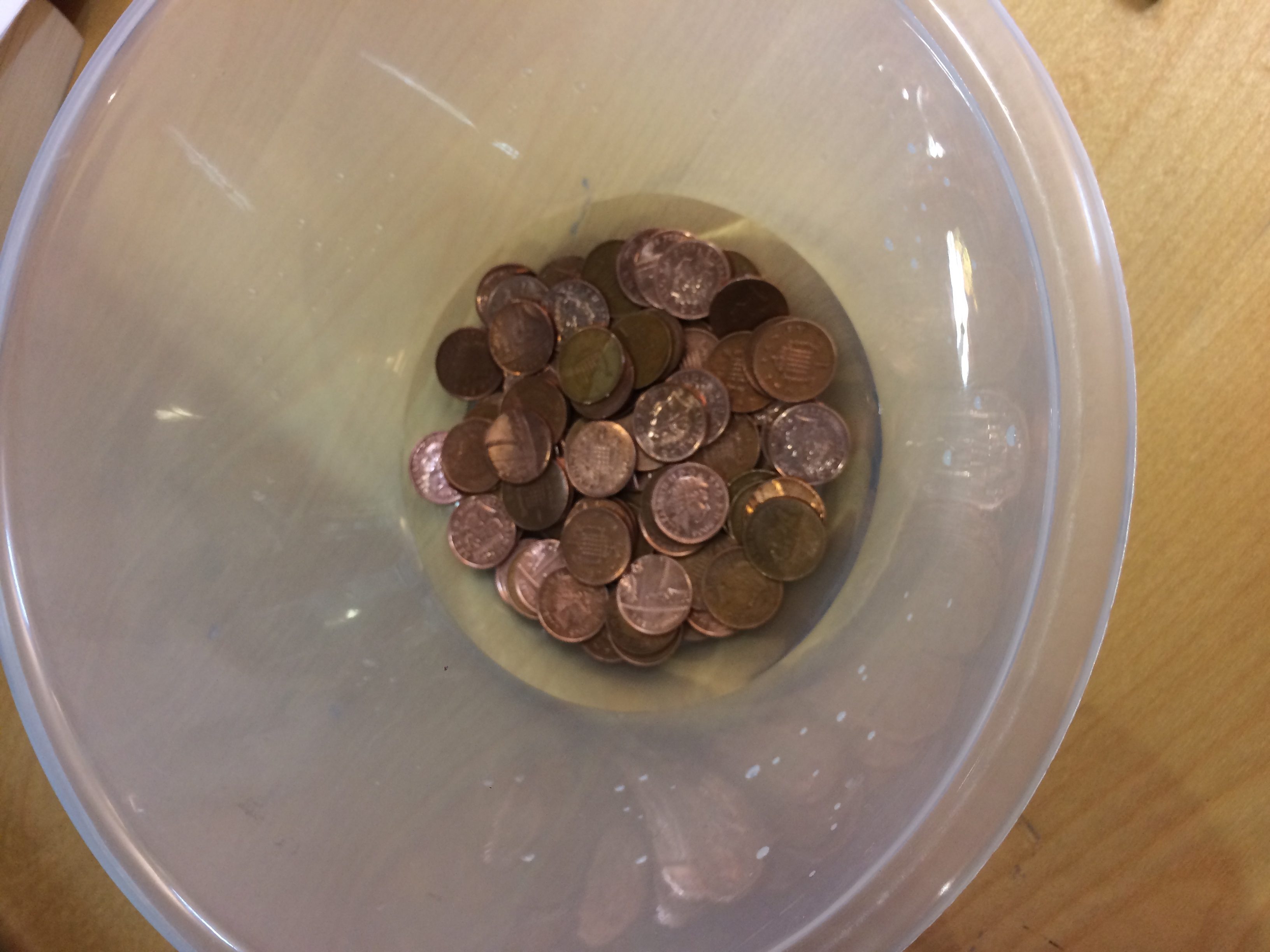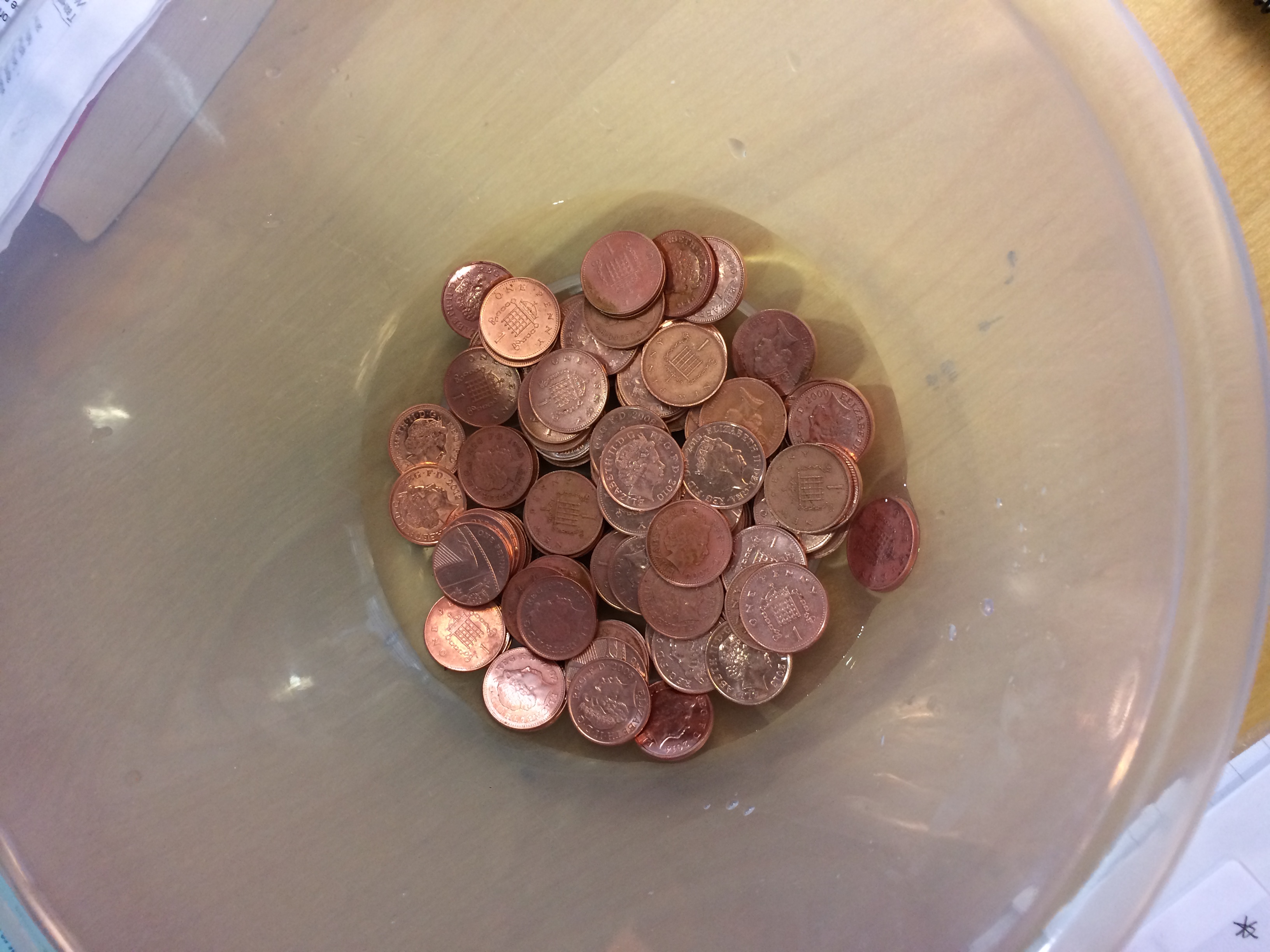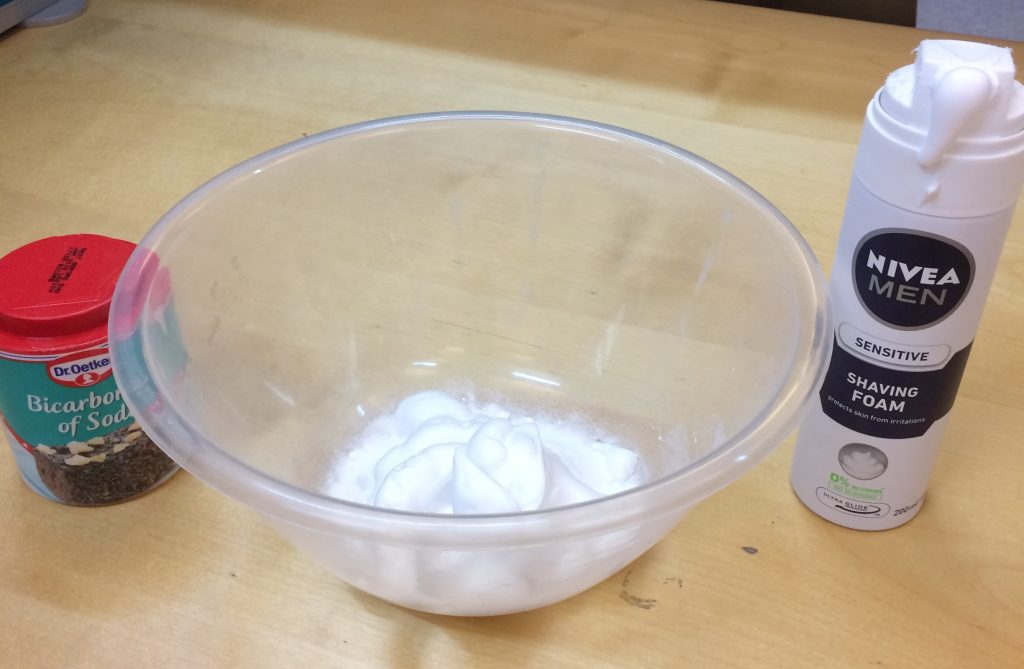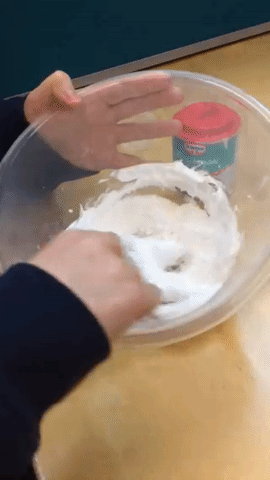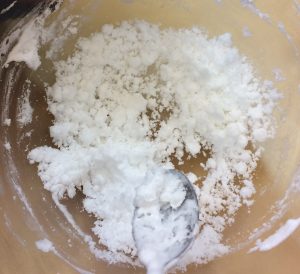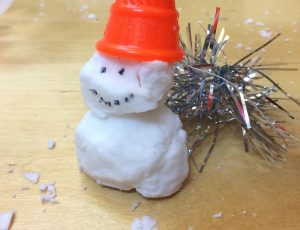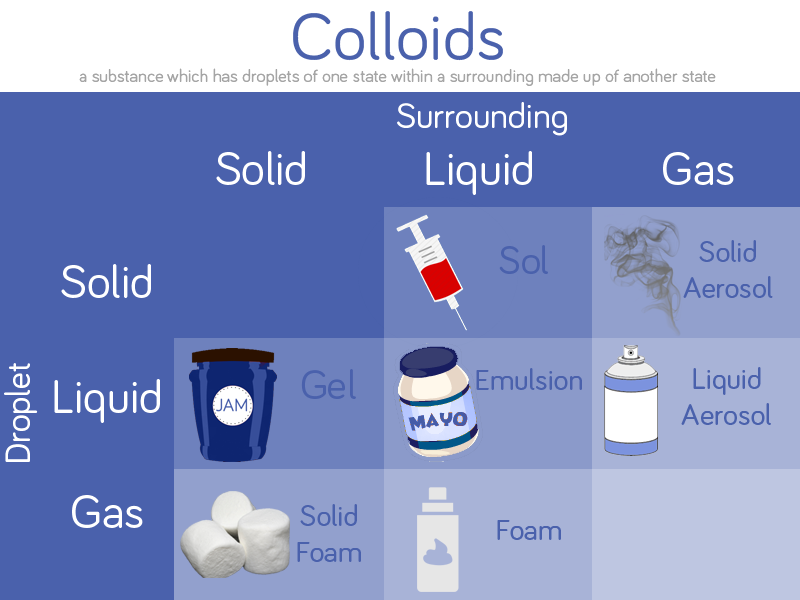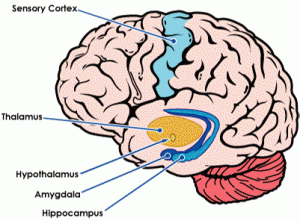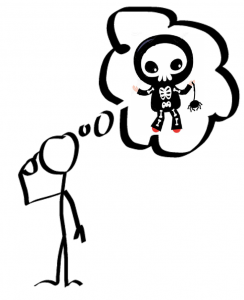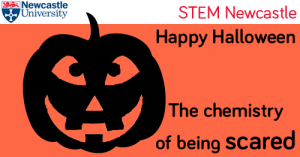Today we are going to make an explosive lunch!
You will need
- One small (sandwich size) zip-lock plastic bag
- Bicarbonate of soda
- Warm water
- Vinegar
- A tissue
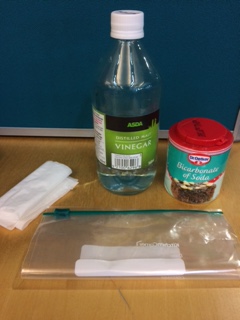
Do this experiment outside, or at least in the kitchen sink. Put about a quarter of a cup of warm water in the bag with half a cup of vinegar.
Put three teaspoons of the bicarbonate of soda into the middle of the tissue and fold it up into a little parcel.

Partially zip the bag closed but leave a little space to add the bicarbonate of soda parcel in. Put the tissue parcel in the bag and quickly zip the bag completely closed.
Put the bag on the ground and step back. The bag will start to expand and hopefully pop!

The Science
The bicarbonate of soda and the vinegar eventually mix together, the tissue just gives you enough time to get the bag shut. A reaction takes place between the alkaline bicarbonate of soda and the acidic vinegar, this is know as an acid-base reaction. The reaction produces carbon dioxide, which begins to fill the bag. After a while the bag can no longer hold any more gas so it pops!
The reactions between acids and alkalis are used lots in real life too. Farmers can treat acidic soil with alkaline lime fertilisers to neutralise the soil and allow plants to grow. It’s also a good way to treat a wasp sting; wasp stings are alkaline so you can treat them by putting vinegar on the sting.

